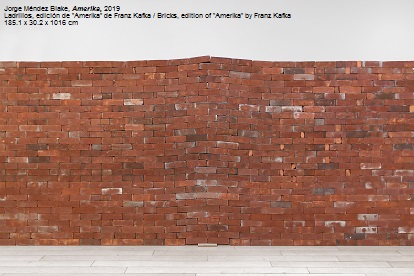Muri di silenzio nella scatola nera della storia tedesca: tre opere documentarie di Andres Veiel sulla violenza (2001-2011)
DOI:
https://doi.org/10.13130/2035-7680/15545Keywords:
Berlin Wall; Terrorism; Myth; German Cinema; Documentary Theatre; Epic TheatreAbstract
The subject of the wall, also in a symbolic sense, is a main topic in the works
of the German playwright and film director Andres Veiel. Focussing on three films and
a play realised between 2001 and 2011 (Der Kick, Black Box BRD and Wer wenn nicht wir),
the essay illustrates how Veiel’s works intend to unmask and contribute to tear down walls of silence and fear in the German individual and collective memory. Moreover, the article points out how Veiel, while concentrating on the hidden structures behind
terrorism and violence, intentionally chooses to use minimalist, sober and
unspectacular aesthetics which take inspiration from the epic and documentary theatre.
Metrics
Downloads
Published
How to Cite
Issue
Section
License

This work is licensed under a Creative Commons Attribution-NonCommercial-NoDerivatives 3.0 Unported License.




